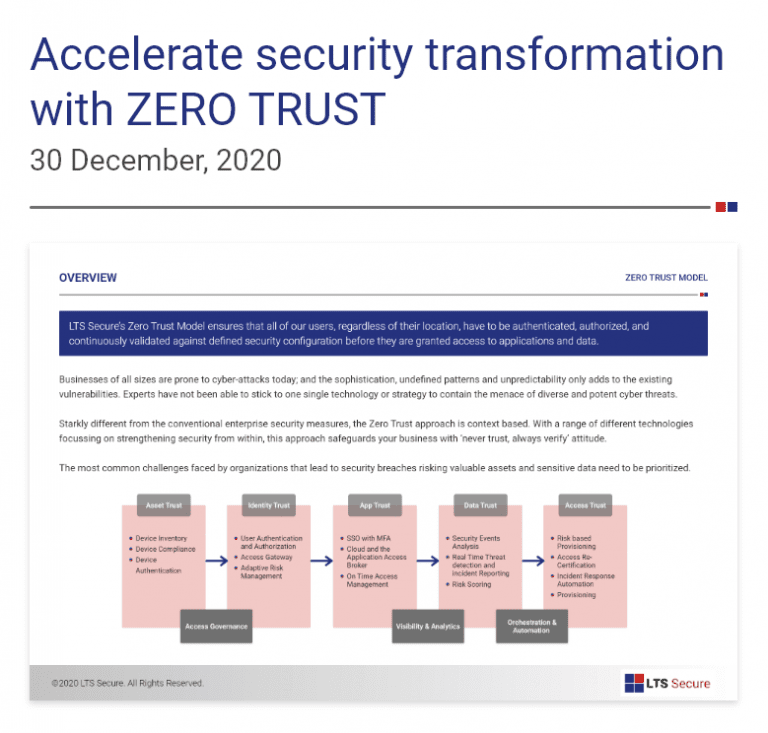
Benefits of Implementing Access Recertification from LTS Secure
- Understand who has access to which systems, applications, and data.
- Identifies dormant or inactive accounts, not just orphaned accounts. Verify that the assigned access is correct and appropriate.
- Remove all inappropriate access. Seeking formal verification of the final access list (certificate).
- Document verification records are used for audit and compliance purposes.
- Simplify the process for auditors (description of business-friendly privileges).
- All test results are automatically combined.
The Need for Access Recertification
Compliance Solutions
- Restricting unauthorized access to minimize security and compliance risks
- Automate the implementation of the Segregation of Duties (SoD) policy across the enterprise to ensure compliance.
- Speeding up the process to reduce the time it takes to certify access and remediate breaches
- Documentation of certification efforts so companies can meet auditors' evidence-sharing requirements
- Reduce manual intervention in data collection for audit and compliance purposes by generating reports on policy violations, certification status, and other information.
- Regularly define business roles to assign the correct access according to compliance requirements.

Insider Threat Prevention
In addition to meeting regulatory requirements, organizations also focus on protecting assets from malicious insider threats that can lead to fraud, data breaches, or unauthorized transactions. Additionally, orphaned or dormant accounts can allow hackers access unless access policies are regularly reviewed. Access recertification minimizes the possibility of inappropriate access granted, especially to employees and partners, ensuring insider threats while protecting company data and brand reputation. Eliminated.
Integrate source and target systems with IAM capabilities to create a centralized data store.
Automate access reviews to eliminate manual errors.
Implement a web-based interface to approve and deny access. Create a list of reviewers and users to improve authentication.
Risk Management
While security is essential for reducing business liability and loss, focusing on a balanced approach to enabling your organization to achieve its goals is imperative. Therefore, organizations must deny unauthorized users access to systems to reduce security risks and allow legitimate users access to resources. Recertification allows businesses to expand and grow in a secure and agile environment. Combining open access with proper access control to resources, re-authentication ensures that users can access applications and systems while blocking malicious entities. The method is as follows:
Schedule and monitor recertification to ensure that reviews are completed on time.
Automate the detection of current and potential policy violations, especially in critical areas such as SoD and privileged accounts, or Detect potential policy violations by requiring people to take timely remedial action.

Data sheet
Accelerate Security Transformation With ZERO TRUST
Resources
Explore valuable cybersecurity resources
Let's Connect Now !
